
At Sandhurst Primary School we offer a rich religious education that teaches our pupils about a wide range of religious and cultural corners of the globe. Children enjoy learning about local religious practises. We have a weekly visit from a local vicar who delivers a Christian assembly. Throughout the term, these follow a thread of religious teachings for children to reflect upon and develop an understanding of Christian values.
Being a secular school, we are passionate about teaching children about all faiths equally. We hold this to the upmost value as a mean of teaching children about the culturally diverse world that we live in. Children will investigate religious stories that teach about traditions and belief systems. Wherever possible artefacts are used to enhance the mastery of learning through providing context and connection.
Through our teaching of religious education, we endeavour to encourage kindness and respect, whilst challenging children to ask questions, make observation and respectfully give their opinion through classroom discussion.
At Sandhurst Primary School we use carefully sequenced lessons, inspired by the Cornerstones curriculum. Pupils begin their learning of RE through the developing their knowledge and understanding of the world. This can be child led and through cross curricular stories, art and geography projects. In Key Stage 1, children will learn about different beliefs and practices and begin to name some religious festivals. They will be introduced to the nature of asking and responding to questions about individuals and communities. They will make observations about different ways of expressing identify. They will have opportunities to respond through art, music drama or poetry.
Once in Key Stage 2, they will extend their understanding to learn about different pilgrims and important points in life, comparing the significance across different religions. They will make links through stories and observe the challenges of a commitment to a community. They will be introduced to the different dimensions of religious and learn how to thoughtfully present their views on challenging questions.
Following the Cornerstones Curriculum, all classes have a different religious project for each term. Where possible, we organise the teaching of our religious projects that include particular religious celebration, to align with the actual event in the year. Therefore, our pupils engage in a more fulfilling learning experience with direct context.
EYFS
EYFS pupil don't explicitly have Religious Education lessons, instead they will cover the subject as part of their topic work. As an example, projects such as those listed below will cover RE based themes such as Harvest, Diwali, Christmas etc.
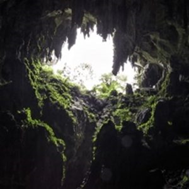 |
 |
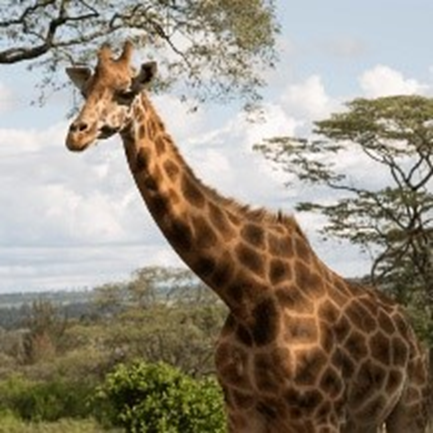 |
| Let’s Explore | Long Ago | Animal Safari |
| This project teaches children about the environments that they share with others, including their homes, school and places in the local community. | This project teaches children about how they have grown and changed since they were babies and how life in the past was different from today. | This project teaches children about the animals that live around the world, how to look after animals and the importance of caring for our local and global environments. |
Year 1
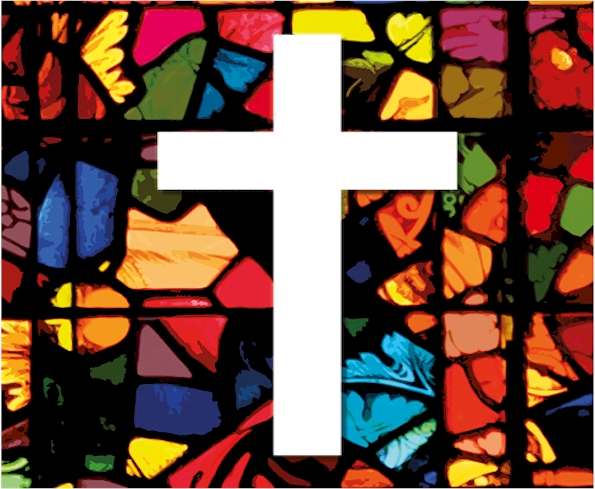 |
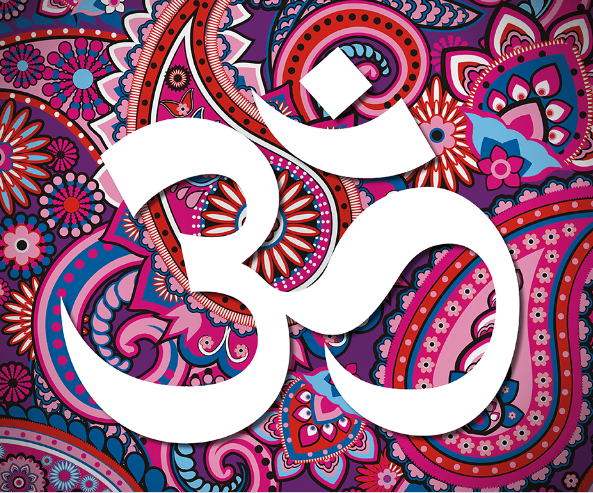 |
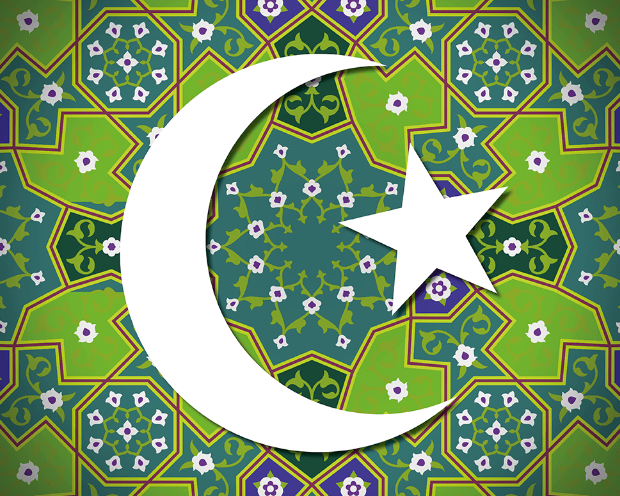 |
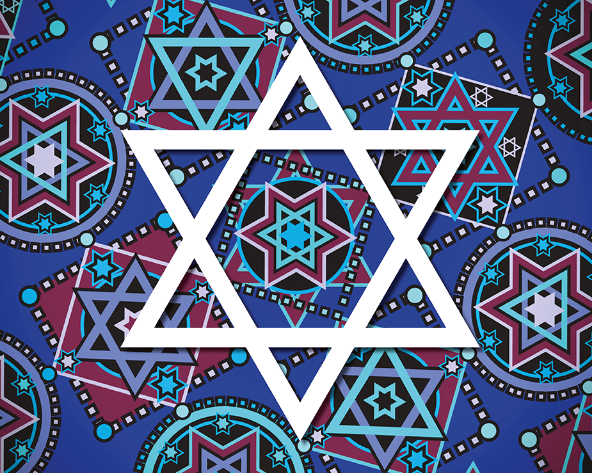 |
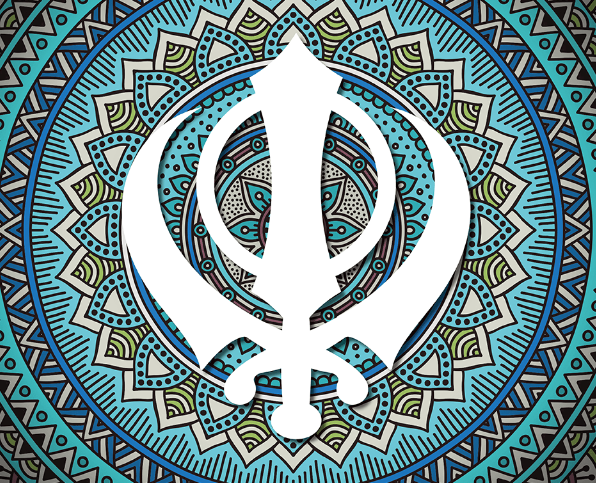 |
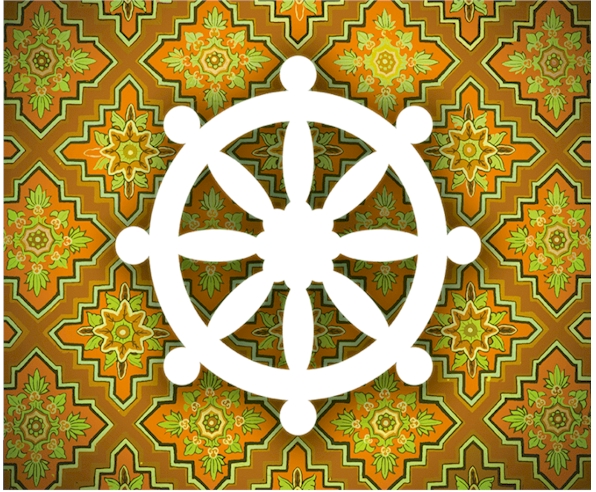 |
| Harvest | Diwali | Milad un Nabi | Purim | Naam Karan | Esala Perahera |
| Christian harvest festivals are not fixed in the church calendar. However, many churches and schools in the UK celebrate harvest in September or October. At harvest time, Christians may sing special hymns, display a range of foods and flowers in church, collect food and household items for local good causes or give money to charities at home or overseas.
Different harvest festivals happen all over the world and most major religions give thanks for the harvest at some point in the year. The timing of harvest celebrations change depending on the different seasons and crops grown in each country. |
Diwali, the festival of lights, is celebrated in October or November and is one of the most popular Hindu festivals. It lasts for five days and marks the Hindu New Year.
Many stories and traditions are celebrated at Diwali. The story of Rama and Sita shows the triumph of good over evil, a clean house, new clothes and presents mark the start of the New Year, and lights, rangoli patterns, footsteps and decorations welcome goddess Lakshmi into homes to grant good fortune. Diwali is an exciting festival full of fun, food, family time and light. |
The festival of Milad un Nabi commemorates the birth of the Prophet Muhammad. During the festival, Muslims hear stories of Muhammad’s life, visit the mosque, sing songs, share a meal with family and give to those in need.
However, Milad un Nabi is not celebrated by all Muslims. There is no evidence that Muhammad celebrated his birthday, so many Muslims don’t celebrate birthdays either. |
Purim is a lively festival that commemorates the strength of the Jewish people. Practising Jews wear costumes and visit the synagogue to listen to the story of Queen Esther who prevented Haman, her husband's servant, from killing the Jewish people. After attending the synagogue, families and friends gather together to eat, dance and exchange gifts | The Naam Karan is a Sikh baby naming ceremony, and many Sikh parents bring their newborns to the Gurdwara (the Sikh temple) as soon as they are able to visit. The Granthi (reader of the scriptures) opens the holy book, the Guru Granth Sahib, at random, and the first letter of the first word on the left-hand page will be the first letter of the baby's name. | Esala Perahera, also known as the Festival of the Tooth, is celebrated in Kandy, Sri Lanka, during July and August. The festival lasts for 10 days and begins when Jak tree cuttings are planted outside four temples called Devalas. |
Year 2
 |
 |
 |
 |
 |
 |
| Losar | Christmas | Anand Karaj | Hanukkah | Jumu’ah | Navratri |
| The Tibetan Buddhist New Year holiday, Losar, starts on the first day of the first month of the Tibetan calendar, which is usually in February.
The celebrations last between three and 15 days and are a mixture of early Bon traditions and later Buddhist traditions. Tibetan Buddhists may perform rituals and dances to ward off evil spirits, present offerings to Buddha's shrine and hang up new prayer flags during Losar.
|
Christmas is a Christian festival that marks the birth of Jesus Christ, over 2000 years ago. It is celebrated by billions of people around the world. Christians call the period before Christmas, Advent. The word Advent means 'coming' and is the time when Christians wait to celebrate the arrival of baby Jesus and think about the second coming of Jesus that they believe will happen in the future. | Before a Sikh wedding, the bride and groom may have a Kurmai engagement ceremony and receive a ring. Gifts are exchanged and many special preparations are made in the days and weeks before the wedding.
On the morning of the wedding, the bride and groom's family meet at the Gurdwara and share food before the ceremony. The Sikh wedding ceremony is called the Anand Karaj. The Granthi leading the service recites prayers and hymns and the bride takes hold of a scarf that the groom wears over his shoulder. Four wedding hymns, called Lavans are said and then sung. After each Lavan, the couple walk round the holy book, the Guru Granth Sahib, which is witnessing their marriage. They also bow to the Guru Granth Sahib to show they agree with the readings. The Lavans act as the binding promises or vows. |
Hanukkah is the Jewish Festival of Lights that is celebrated every autumn in November or December. The festival celebrates the victory of Judah Maccabee and his Jewish followers over the Syrian Emperor Antiochus and the miracle of the lamp, which burned for eight days in the regained temple in Jerusalem, even though there was only enough oil for one day's light.
Lighting the Hanukkiah, playing the dreidel game and eating fried foods are Hanukkah traditions that help Jews to remember the story of the Maccabees, the lamp in the temple and the importance of religious freedom. |
Jumu’ah are Friday prayers. Before Jumu’ah, many Muslims wash, put on perfume or aftershave and dress in clean clothes. Just after lunchtime, worshippers meet at the mosque to say special prayers and listen to a talk by the Imam. The importance of saying Friday prayers is mentioned in the Qur’an and Muhammad called Friday the best day. | Navratri is celebrated for nine nights and 10 days. Hindus worship a different form of the mother goddess Durga every day, including Lakshmi (the goddess of good fortune and wealth) and Saraswati (the goddess of wisdom). In India, clay statues of Durga are placed in homes, temples and street shrines during the festival. On the tenth day (Dussehra) the statues are paraded in the streets and put into water to disintegrate.
Navratri is a time for new, colourful clothes, good food, dancing and families. However, it is also a time to fast, worship the goddesses quietly and take part in puja ceremonies every day. Navratri is also celebrated as a harvest festival. Many Hindus plant nine different grains at the beginning of the festival to celebrate a good harvest. |
Year 3
 |
 |
 |
 |
 |
 |
| Guru Nanak Gurpurab | Ganesh Chaturthi | Lent | Vaisakhi | Shavuot | Hajj |
| Gurpurabs are celebrations which commemorate the anniversaries of the Sikh Gurus. Guru Nanak's Gurpurab is usually celebrated in November.
Guru Nanak is the founder of the Sikh religion. He was born a Hindu in 1469 but when he was 30 years old, he bathes in the Kali Bein, the Black River and disappeared. He returned after three days and declared he had been with God. He taught his followers that all religions worshipped the same God, and everyone on Earth should be treated equally and with respect. All Gurpurabs are celebrated in a similar way. The whole of the Guru Granth Sahib may be read over a period of two days, finishing on the day of the festival. There may also be a Nagar Kirtan, a parade of the Guru Granth Sahib, through the streets accompanied by music and dancing. Many Sikhs will also help to prepare langar, which is free food. Langar may be served on the streets during the Nagar Kirtan or in the langar hall. |
Hindus celebrate the birthday of Lord Ganesh during Ganesh Chaturthi. They pray to Ganesh to remove obstacles when starting something new and mention his name first when they perform puja to make sure nothing will get in the way of their worship and prayer.
Ganesh Chaturthi celebrations vary around the world and last between one and 10 days. Statues of Ganesh are made from clay and placed in homes, temples and even in the street! At the end of the festival, the statues are put into water and left to disintegrate. Sweets are also a big part of the festival. They remind worshippers of the good things in life and Ganesh's sweet tooth. |
Lent is a time for Christians to fast, think about God, say sorry for the things they have done that they regret, pray and learn more about the life of Jesus. It last for 40 days (excluding Sundays), because this is the same amount of time that Jesus spent fasting and thinking about God in the desert before he started teaching and performing miracles.
The last week of Lent is called Holy Week. During Holy Week, Christians remember Jesus' crucifixion on Good Friday and celebrate his rising from the dead three days later on Easter Sunday. |
Vesak is an important Buddhist festival, which commemorates the birth, enlightenment and sometimes death of Prince Siddhartha, who became known as Buddha. Most Buddhists celebrate Vesak when there is a full moon in May or June because they believe his birth, enlightenment and death all happened at this time.
Buddhists may bathe a statue of Buddha with scented water, light lanterns, bring offerings to the template, meditate and learn more about the Buddha's life and teachings during Vesak. |
The word Shavuot means 'weeks' and the festival of Shavuot is celebrated 50 days (seven weeks) after Passover. Practising Jews celebrate the gift of the Torah and the Ten Commandments by visiting the synagogue, studying the Torah scrolls (sometimes all night) and possibly eating cheesecake. Shavuot is also a harvest festival that celebrates the end of the barley harvest and the beginning of the wheat harvest in Israel. | The Hajj is a pilgrimage Muslims make to the holy city of Mecca. Pilgrims spend five days praying and worshipping both in Mecca and the surrounding desert. It is a spiritual pilgrimage that every adult Muslim must perform at least once in their lives if they are physically able and can afford it.
During the Hajj, pilgrims wear simple clothes and try not to argue. The pilgrims walk around the Kaaba, drink water from the Zamzam well and stone the pillars at Mina. The Hajj is one of the Five Pillars of Islam. |
Year 4
 |
 |
 |
 |
 |
 |
| Janmashtami | Kathina | Holy Week Easter | Vaisakhi | Eid ul-Adha | Shabbat |
| The festival of Janmashtami celebrates the birthday of Lord Krishna and falls in August or September. Krishna is one of the Hindu faith's most popular gods.
The festival lasts for two days. Worshippers may sing songs, tell stories of Krishna's life, dance, rock his cradle and wait for midnight to arrive to mark his birth. Some Hindus fast during the day of Janmashtami and only eat after midnight. |
Kathina is a celebration held in October or November after Vassa, the Rains Retreat, which is sometimes known as the Buddhists Lent. Buddhist monks stay in a vihara or monastery during the rainy season in Asian countries and spend time studying the Dharma (Buddha's teaching) and meditating.
During Kathina, members of the local community give a new robe to the monks who have completed the Rains Retreat. The monks then decide which of them will receive the robe. Many Buddhists believe that giving a new robe is merit-making and will earn them good karma in their next life. The story of Kathina can be found in ancient Buddhist scriptures. The ceremony is named after the sewing frame that monks and nuns would use to create new robes. |
Holy Week is the last week of Lent. It starts with Palm Sunday, which commemorates Jesus' arrival in Jerusalem over 2000 years ago. During Holy Week, the story of Jesus' last supper and trial are commemorated. Good Friday is a day of mourning in many Christian churches as Jesus' crucifixion is remembered.
Easter Sunday is the day when Christians remember the resurrection of Jesus with church services, candles, acclamations, great food and Easter eggs. |
Sikhs usually celebrate Vaisakhi on the 13th and 14th April. It is the most important festival day for Sikhs because, in 1699, Guru Gobind Singh created the Khalsa. The Khalsa are ordained Sikhs who make promises to wear the Five Ks and follow the Sikh religion faithfully. To become part of the Khalsa, Sikhs drink a sugary liquid called amrit and have it sprinkled onto their eyes and hair. Some Sikhs choose to take amrit during Vaisakhi.
Sikhs might also take part in a Nagar Kirtan during Vaisakhi, where the Sikh holy book, the Guru Granth Sahib, is driven through the streets accompanied by many members of the local Sikh community. Free food, called langar, is provided and dancing and martial arts demonstrations are enjoyed. Vaisakhi is also a New Year and harvest festival in the Punjab. |
Eid ul-Adha, also known as the Greater Eid, is the second most important festival in the Muslim calendar. It commemorates the Prophet Ibrahim’s willingness to sacrifice his son when Allah ordered him to.
Muslims believe that Allah appeared to Ibrahim in a dream and asked him to sacrifice his son Isma’il as an act of obedience. The devil tempted Ibrahim by saying he should disobey Allah and spare his son. As Ibrahim was about to kill his son, Allah stopped him and gave him a ram to sacrifice instead. Eid ul-Adha is celebrated at the end of the Hajj pilgrimage. |
Shabbat (Sabbath) is the Jewish day of rest. Jews believe God created the world in six days and rested on the seventh. Shabbat begins at sunset on Friday and ends on Saturday. During Shabbat, families spend time together, rest, eat special meals and attend the synagogue. However, there are many things to prepare before Shabbat arrives and rules to follow to make sure that Shabbat is truly a day of rest. |
Year 5
 |
 |
 |
 |
 |
 |
| Ramadan and Eid al-Fitr | Holi | Passover | Dharma Day | Pentecost | Guru Arjan Gurpurab |
| Muslims fast from dawn to dusk during the holy month of Ramadan. After each day of fasting, many families share iftar, their evening meal, together. All Muslims who are old enough and well enough are expected to fast. School and work life carries on as normal, even though no food or drink is consumed during daylight hours.
Eid al-Fitr comes at the end of the fast and is an important religious holiday celebrated by Muslims worldwide. During Eid al-Fitr, Muslims spend time with their families, eat together, celebrate as a community and thank Allah for the help, strength and self-control he gave them throughout Ramadan. |
Holi is celebrated throughout India and beyond. Bonfires are lit on the first day of Holi to remind Hindus of the story of Holika and Prahlad. Coloured paint is thrown or squirted at friends, family and even strangers on the second day of the festival. This commemorates a story about the young Krishna and his beloved Radha.
The festival also marks the winter harvest, welcomes spring and celebrates love. |
Passover is one of the most important Jewish festivals. It commemorates the time Moses led the Israelite slaves to freedom over 3000 years ago. The word Passover refers to the final plague of Egypt, when God 'passed over' the houses of the Israelites and killed the first born sons of the Egyptians. After this plague, Pharaoh set the Israelites free and they were led into the desert by Moses. This is known as the Exodus.
The Jewish Passover celebrations last seven to eight days. Families clean their houses, rest, eat special meals together and read the story of the Exodus from the Torah. |
Dharma Day, or Asalha Puja, is celebrated in July by Buddhists around the world. The word Dharma means teaching and Dharma Day commemorates Buddha's first sermon in the Deer Park in Varanasi, India, over 2500 years ago. Buddhists celebrate Dharma Day by studying Buddha's teachings and feeling graduate for what they have learned. | Pentecost is celebrated 50 days after Easter. According to the Bible, Jesus had ascended into heaven 10 days earlier and the disciples were waiting to receive power from God to help them spread Jesus' message. When the Holy Spirit filled the disciples, they started speaking in different languages so that the people in the crowd could understand them. That day, 3000 people were baptised as Christians, therefore Pentecost is seen as the birthday of the Christian church.
Today, Pentecost is a popular time for baptism and confirmation services. Church leaders may wear red to represent the flames that settled on the heads of the disciples and some churches may also serve a special cake after the Sunday service to mark the birthday of the church. |
Gurpurabs are special celebration days that commemorate the lives of the Sikh Gurus.
Guru Arjan achieved many things during his lifetime. He completed the Golden Temple in Amritsar in 1604 and promoted the Sikh principle of dasvandh, giving 10% of earnings to help others as an act of service to God who Sikhs call Waheguru. He also collated the hymns and teachings of the first five Gurus and created the Adi Granth, the book that would eventually become the Guru Granth Sahib. Guru Arjan also became the first Sikh Guru to be martyred for his faith. Many Sikhs remember Guru Arjan by attending special services in the Gurdwara and serving cooling drinks to others. This reminds them of the thirst Guru Arjan must have suffered and his cool and calm nature as he faced death. |
Year 6
 |
 |
 |
 |
 |
 |
| Rosh Hashanah and Yom Kipppur | Bandi Chhor Divas | Parinirvana | Lailat al Miraj | Kumbha Mela | Sunday |
| Rosh Hashanah is the Jewish New Year and it begins with the sound of a shofar (ram's horn). Sweet foods are eaten in the hope of a sweet New Year and the ritual of Tashlich is performed. The Days of Repentance follow, when Jews think back over the past year and make amends for their sins.
Yom Kippur, the holiest day in the Jewish calendar, is know as the Day of Atonement. It is celebrated 10 days after Rosh Hashanah and ends when a shofar is heard. These high holy days are a time to right wrongs, reflect upon the previous year, fast and visit the synagogue. |
The Sikh celebration of Bandi Chhor Divas coincides with the Hindu festival of Diwali. During the festival, Sikhs celebrate Guru Hargobind, who released 52 Hindu princes from Gwalior Fort in 1619. The main themes of the festival are religious freedom and helping others who are weaker or in need.
During the celebrations, Gurdwaras are lit with electric lights and candles as a reminder that the Golden Temple in Amritsar was lit to welcome Guru Hargobind home after he left for Gwalior Fort. There may also be a Nagar Kirtan, a parade of the Guru Granth Sahib and gatka martial arts displays as well as Akhand Path, a continuous reading of the whole Guru Granth Sahib, which takes two days and nights. Many Gurdwaras also hold a firework display in the evening. The use of lights during Bandi Chhor Divas seems similar to the Hindu festival of Diwali but the stories celebrated during the two festivals are different. |
Parinirvana is celebrated on the 15th of February and commemorates the death of Buddha and his passing into Nirvana.
During Parinirvana, Buddhists share the story of Buddha's death and think about their own lives. A key teaching of Buddhism is that everything is impermanent so many Buddhists think about changes in their lives, their own deaths and rebirth into a different life. Many Buddhists also think about loved ones who have recently died. Buddhists may also visit temples to share food and give gifts to the monks during Parinirvana. |
Lailat al Miraj celebrates the story of Muhammad’s Night Journey. The angel Jibreel (Gabriel) is said to have visited Muhammad while he slept near the Kabah in Mecca and taken him on a 666 mile journey to the farthest mosque, the Al-Aqsa mosque in Jerusalem, on the back of a winged creature called Buraq.
When he reached Jerusalem, Muhammad is said to have ascended into heaven, prayed with the prophets including Isa (Jesus) and Ibrahim (Abraham) and met with Allah. Allah gave Muhammad the instruction that all Muslims should pray five times a day, which is Salat, one of The Five Pillars of Islam. Muhammad travelled back to Mecca on Buraq that same night and began to tell others of his Night Journey. The Night Journey is celebrated by Muslims around the world. During the celebrations, the story is retold, special prayers are said and sweets and refreshments are shared. |
The Kumbh Mela is the largest gathering of people on Earth. Four Kumbh Mela pilgrimages take place at four sacred sites, Haridwar, Allahabad, Nasik and Ujjain, over a period of 12 years.
Washing in holy river water is at the centre of the Kumbh Mela as Hindus believe this cleanses them of bad karma. The 2013 Kumbh Mela, held at Allahabad on the confluence of the Yamuna and Ganges Rivers, attracted around 120 million pilgrims, nearly twice the population of the UK. |
In most Western countries, Sunday is part of the weekend and most Christians see it as a day of worship and rest. Practising Christians worship in many different ways and have different traditions but most will go to church, sign hymns, listen to Bible readings, say prayers and spend time together.
Worshippers from other faiths and cultures also celebrate holy days, but at different time of the week. Friday is a day for Muslims to gather in the mosque for prayers and Saturday (Shabbat) is a day of rest for Jewish people. |
Our curriculum pedagogy is based on four distinct stages (known as the Four Cornerstones) which aim to give clear direction – through a carefully sequenced, interconnected and knowledge-rich planning sequence – for both teaching and learning: Engage – Develop – Innovate - Express
- Engage in memorable experiences that stimulate children’s curiosity, leading them to ask questions and talk about their prior learning.
- Develop new skills and knowledge by delving deeply into a theme, where children make links, create, explore, make, read and write.
- Innovate by returning to prior knowledge and skills so that children can use and apply these in new contexts (in and out of school).
- Express what has been learned by providing opportunities for children to reflect, test their knowledge and celebrate their achievements.
Following our Cornerstones Curriculum, we use quality-assured lesson resources, knowledge organisers, quizzes and question sheet to further support children’s developing geographical subject knowledge. The resources contain the essential facts that children need for each geography topic, and the quizzes and question sheets are used to assess the children’s understanding.
Our curriculum provides opportunities to see what knowledge children have retained and what skills they have mastered through the clear curriculum endpoints which help teachers to make judgements about watch child’s progress and attainment. Typically, at the end of a project, teachers will have observed enough evidence through written work, pupil voice and questioning, to make a judgement of assessment.
We want our pupils to develop a love for religion and as a result remind them, if they continue to aim high, they could become a Teacher, Archivist, Newspaper journalist, Youth worker, Charity fundraiser and many other exciting professions!
Cornerstones Curriculum
We provide a creative curriculum based around the Cornerstones Curriculum, a nationally recognised approach for delivering outstanding learning opportunities for children.
What is the Cornerstones Curriculum?
The Cornerstones Curriculum is a creative and thematic approach to learning that is mapped to the Primary National Curriculum to ensure comprehensive coverage of national expectations. Our new curriculum will be delivered through Imaginative Learning Projects (ILPs) which will provide a rich menu of exciting and motivating learning activities that make creative links between all aspects of our children’s learning.
We believe children learn better when they are encouraged to use their imagination and apply their learning to engaging contexts. Our new curriculum will provide lots of learning challenges throughout the academic year that will require children to solve problems, apply themselves creatively and express their knowledge and understanding effectively across the curriculum.
Cornerstones also provide a rigorous essential skills framework that outlines the end of year expectations in all subjects. These essential skills are tied to activities and are age related so that staff can track children’s progress and identify their individual learning needs.
How it Works?
Children will progress through four stages of learning in each ILP – Engage, Develop, Innovate and Express. To find out more about these stages please click on the link through to Cornerstones website: